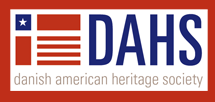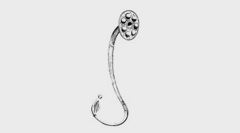Keywords
epidemics, miasma theory, contagion theory, measles
Abstract
One of the major historical questions of public health has been, "What causes epidemic outbreaks of disease?" Epidemiology, the basic science of public health, has only relatively recently emerged from a period during which epidemic outbreaks were attributed to miasmas. Miasma theory, a common folk theory of disease ascribed to by many ancient writers, was codified by Lancisi in 1717 in De Noxiis Paludum Effiuviis. This text held that bad air quality, supposedly caused by decaying organic matter, made those who inhaled it ill. "Miasma" was believed to pass from cases to susceptibles in those diseases considered to be contagious (Porta 2008, 155). One of the major figures in shifting the focus of epidemiology from miasma theory to contagion theory was Dr. Peter Panum of Denmark, who lived and worked in the mid 1800s, and whose work is still presented in public health training programs in the United States. In this article we will review Panum's landmark research on miasma and contagion during an epidemic of measles in the Faroe Islands of Denmark and show how it bridged pre-modem and modem medical science, as well as promoting the scientific revolution of germ theories of disease in both Europe and the United States.
Recommended Citation
Melgaard, Craig A. and Golbeck, Amanda L.
(2014)
"Peter Ludwig Panum and the Danish School of Epidemiology,"
The Bridge: Vol. 37:
No.
2, Article 7.
Available at:
https://scholarsarchive.byu.edu/thebridge/vol37/iss2/7
Included in
European History Commons, European Languages and Societies Commons, Regional Sociology Commons


